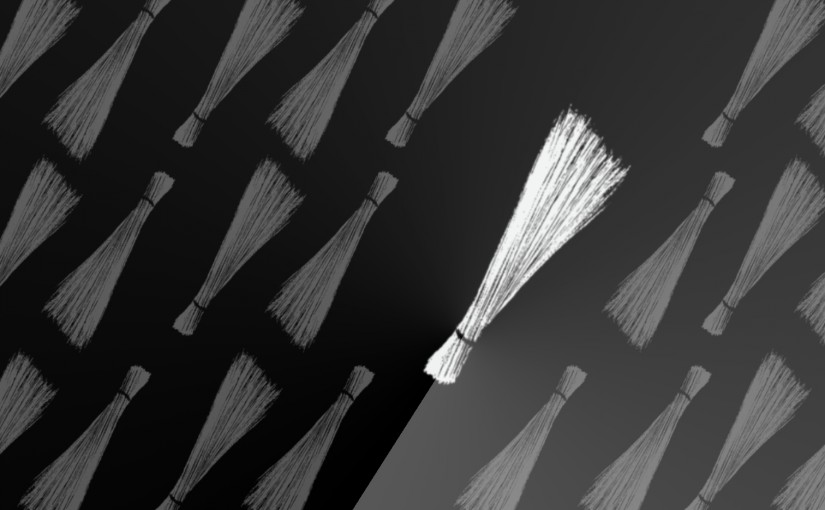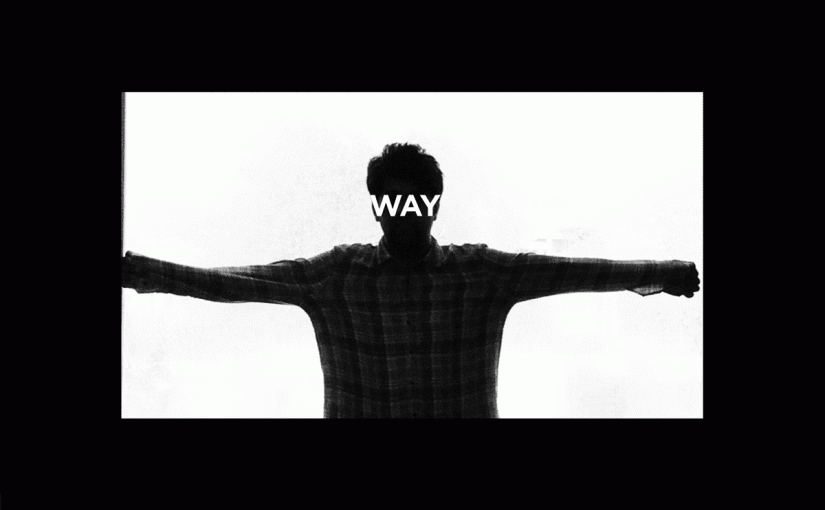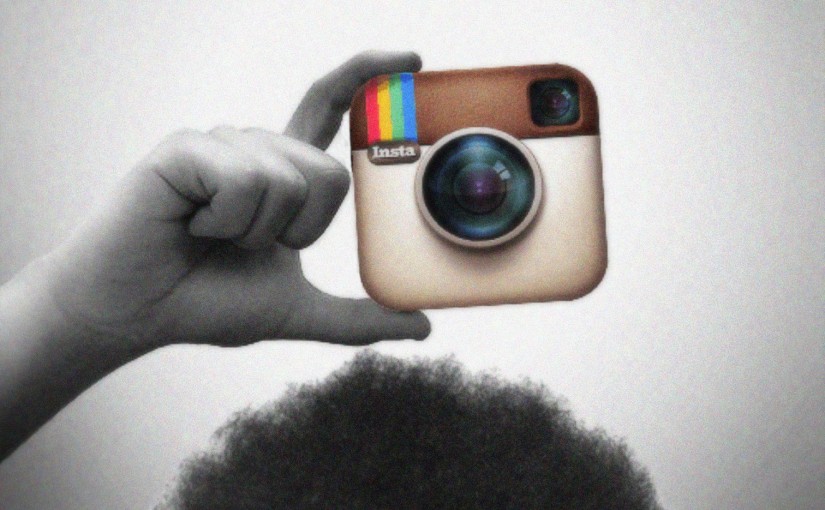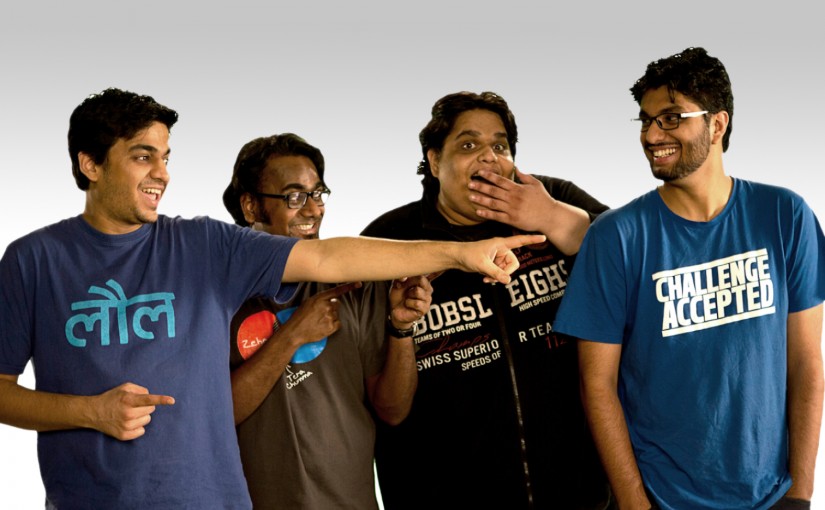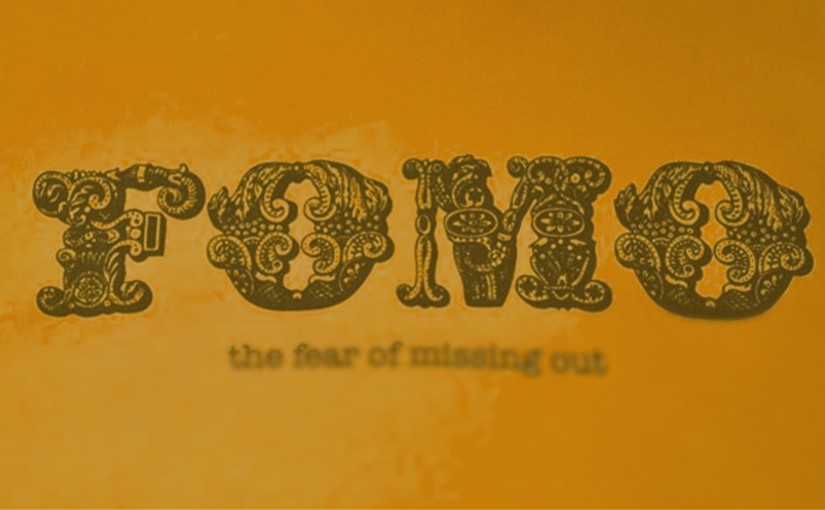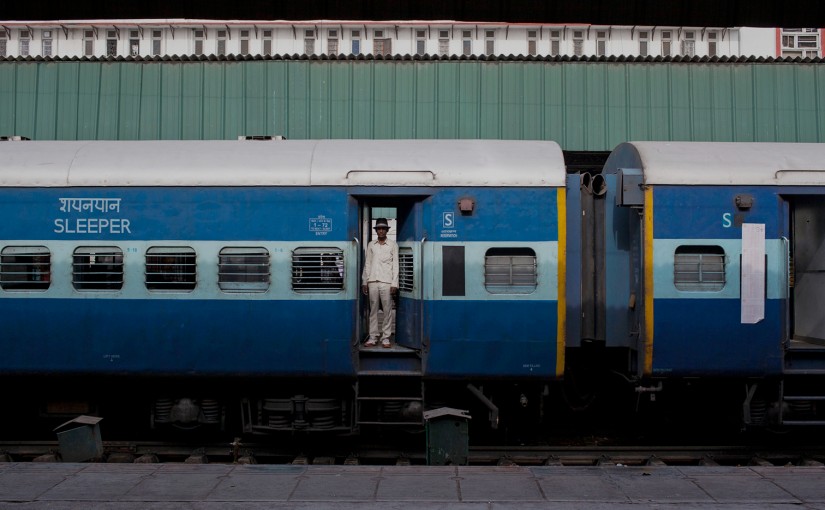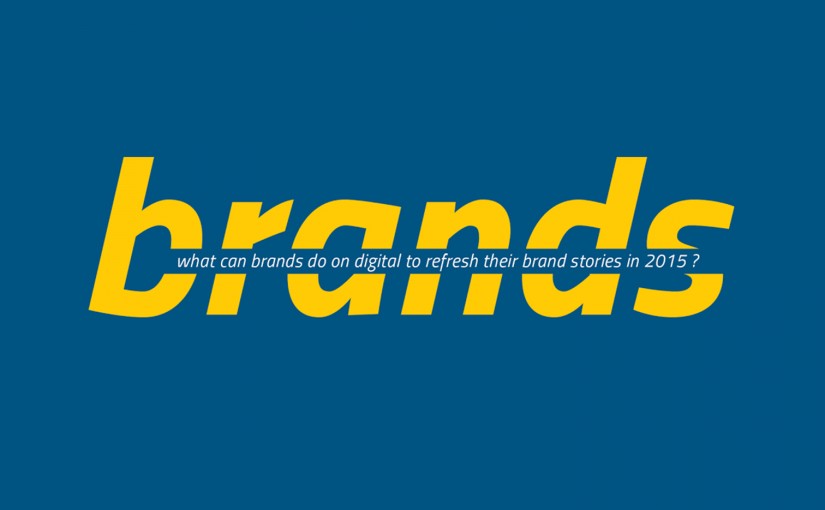Drop us a few lines about the task and we will get back immediately to see we how we can take the discussion forward. Alternately, just pick up the phone and speak with us at +91 9910034330 and we would be happy to help.
- - Do tell us a little about the nature of your business.
- - Be specific about what you’d like us to help you with.
- - Knowing your budget always helps us plan a suitable intervention.
- Blog
The Hindu: In India, civil and political movements warm to social media
-
The Hindu: In India, civil and political movements warm to social media
I was quoted in this story – full text below:
Facebook and Twitter hum with conversation on corruption, Lokpal.
There is no shying away from a conversation these days. Certainly not, when it is happening online.
If recent trends are anything to go by, Indian netizens are getting all too vocal on social networks such as Facebook and Twitter. Topics like ‘India Against Corruption’ and key words, including ‘Lokpal,’ are trending.
Today, India has one of the fastest growing communities on Facebook globally, with more than 29 million registered accounts. According to the latest Internet usage statistics published by www.internetworldstats.com, India has more than 100 million unique users, ranking second in Asia in actual numbers, even overtaking Japan. Twitter has close to 6 million accounts.
In western countries with higher Internet penetration, it is the not-for-profit and civil rights groups that have dug deep into the resources of social networks. The trend is catching up here, too. Rajesh Lalwani, founder, Blogworks (www.blogworks.in), a strategic social media consulting firm, says that in the past two years, things have changed drastically. “The biggest change has been that most people are logging on to their social networks immediately after getting online. The opportunities for participating in a conversation are more than ever before.”
All details online
As is the case with the India Against Corruption campaign, volunteers are putting out everything, from details about where the protests are being organised to even documents comparing the Jan Lokpal and the government-sponsored Lokpal to mobilise popular support.
There are other innovative options being explored. The Chennai chapter of India Against Corruption, which maintains its website at www.iacchennai.org, organised a video web-stream of a lecture featuring activist Arvind Kejriwal on the IIT-Madras campus in July. It invited those logging on to interact with him. Filmmaker M.S. Chandramohan, one of the media strategists for India Against Corruption, said: “We received more than 2,300 questions and had more than 20,000 unique users for the webcast.”
Increasingly, groups are willing to chalk out elaborate social media strategies, Mr. Lalwani says. “Serious discussions used to be on a 1:1 un-dispersed basis but not any more.” A case in point, he says, is ‘Bell Bajao-campaign against domestic violence.’
Breakthrough, an international human rights organisation, decided to tap all media tools to drive home its message on domestic violence. Its blog, www.bellbajao.org, continues to give people a platform to share their experiences of and encounters with domestic violence.
People for the Ethical Treatment of Animals has also jumped on the social media bandwagon to reach out to more people. While the global @PETA is drawing nigh on 2,00,000 followers, the Indian @PetaIndia has just over 2,000 followers on Twitter.
Application for Anna
No stone is left unturned to reach out to the people through networks. Juvenis Technologies Private Limited, a start-up in Mumbai, has put out an application for India against Corruption on the Android marketplace. Apart from keeping users updated, the application allows them to show their solidarity with the movement by making a missed call to a number held by India Against Corruption. So far, it claims to have received close to 1.3 crore missed calls.
Deepansh Jain, founder of Juvenis Technologies, was himself a volunteer with India Against Corruption in Mumbai. “We initially put up an app just for Anna Hazare, and we started getting enquiries from Indians abroad asking us to put out more information on the mobile networks. We contacted India Against Corruption’s core committee and it has helped us.”
The not-for-profit movements and civil rights groups apart, the Bharatiya Janata Party has been taking its Facebook page seriously for a year now, running a proactive campaign. It has close to 3.5 lakh ‘likes’ to its page, even having an online fund-raising video campaign featuring national president Nitin Gadkari.
Feedback mechanism
Arvind Gupta of the party’s IT cell that oversees the strategy said: “The BJP believes in using social media effectively for listening, engaging and responding to its members, workers, supporters and citizens. Social media acts as a continuous feedback mechanism between the party leaders and citizens at large.”
The party organises regular online discussion forums, with its senior leaders addressing queries through its official Facebook page: www.facebook.com/ BJP4India.
Disclaimer: Views of authors are personal and do not represent the views of Blogworks, or any of its clients.
-
Contact
conversations@blogworks.in
+91-9910034330 -
Newsletter
-
Social













